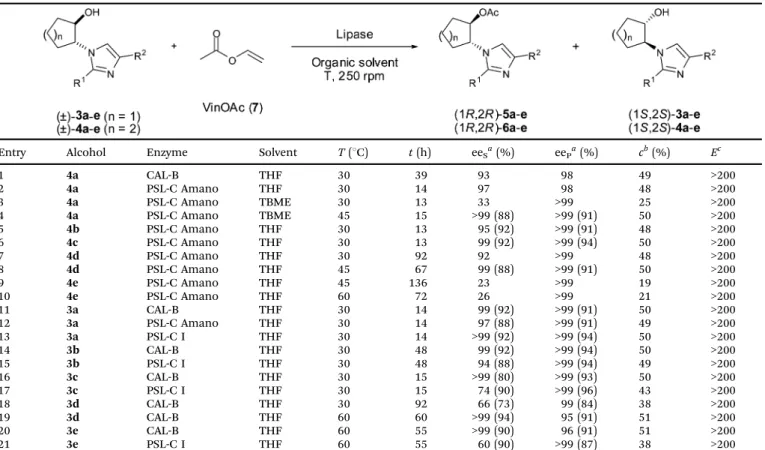Chemoenzymatic synthesis of optically active 2 (2 or 4 substituted 1H imidazol 1 yl)cycloalcanols Chiral additives for (L) proline
Texto completo
Figure



Documento similar
In the next section we will show as a hint of the consistency of the extended method the agreement of the conformal and chiral anomalies computed with the adiabatic scheme for
Highest ef ficiencies for CZTS cells reported up to this date have been deposited via a process first reported by Shin et al in 2013 using co-evaporation of the elements at low
Finally, experiments with solar [17–34], atmospheric [35–45], reactor [46–50], and long-baseline accelerator [51–59] neutrinos indicate that neutrino flavor change through
Díaz Soto has raised the point about banning religious garb in the ―public space.‖ He states, ―for example, in most Spanish public Universities, there is a Catholic chapel
The main goal of this thesis is to contribute to the knowledge in planetary science through the study of the upper atmosphere of giant planets undergoing hydrody- namic escape. We
Jia and coworkers have described a concise total synthesis of dictyoden- drins B and C, utilizing palladium-catalyzed Larock annulation for the con- struction of the highly
The cornerstone of the suspicion of a chiral phase transition is the singular behavior of the quark condensate < q ¯ q >, since this expectation value is an order parameter
In summary, we have developed the first catalytic enantioselective synthesis of cyclobutylboronates, catalyzed by a chiral phosphine-copper(I) complex. The method